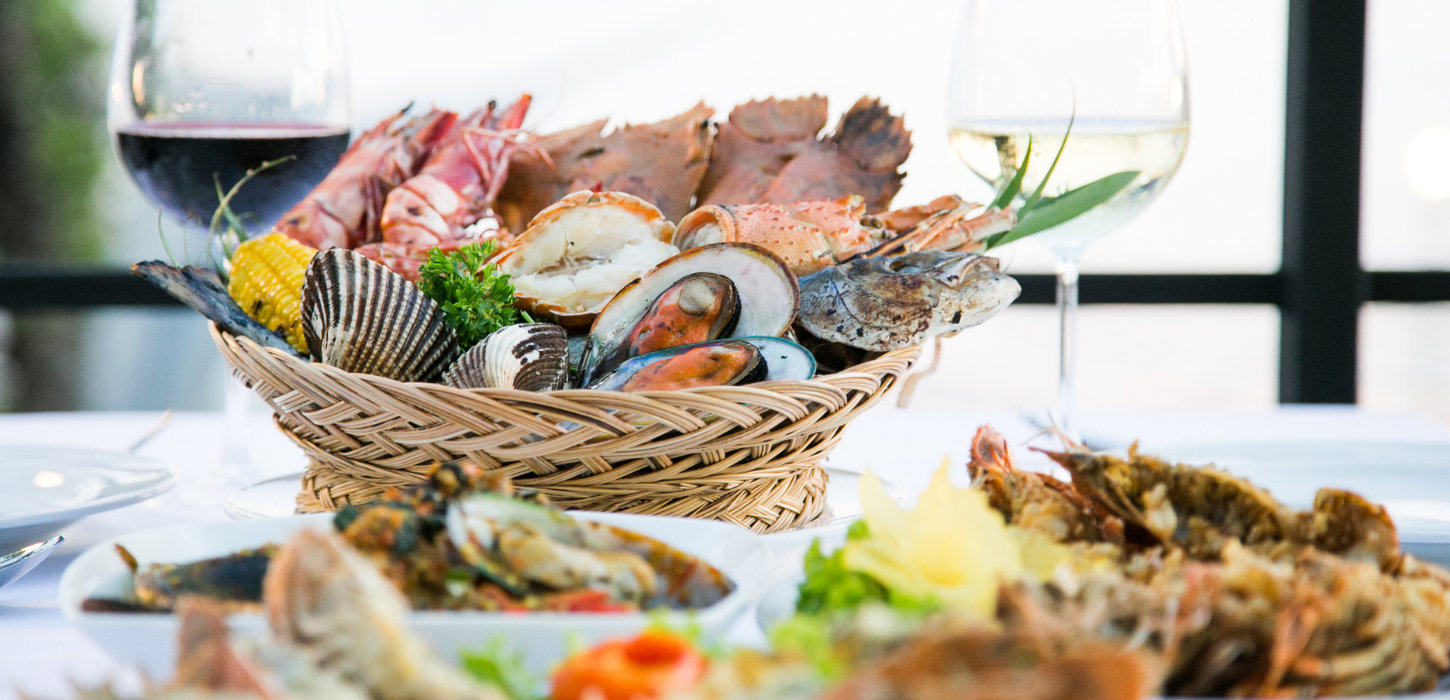Supply Chain Management is changing all over the place. More and more business responsibilities are resting with the function that used to just get product from Point A to Point B. Long-term product strategy, big data intelligence, and sustainability initiatives now often fall under the rubric of Supply Chain Management. Technology is changing, and so are consumers’ expectations for companies who make the goods they purchase. Understanding, transforming, and optimizing the Supply Chains for products is more and more looking like the best way to respond to these changes.
One of the bigger shifts in consumers’ demands is more transparency in terms of where their products come from. Consumers have always wanted high-quality products, but now they also want to see that products are sourced and produced in a sustainable, ethical way. It’s becoming so important that leading research firm Gartner recently added corporate social responsibility to its criteria when it evaluates the top 25 Supply Chains in the world every year. A big Toronto Star feature this week highlights how demands for Supply Chain transparency are reaching a fever pitch, with an exposé of one notoriously-opaque Supply Chain.
Before we continue: Sushi fans, cover your eyeballs.
The feature, by StarMetro Vancouver reporter Melanie Green, digs into how a shockingly-high percentage of fish sold at supermarkets and restaurants is fraudulent. In short, it’s not the fish that the label, or menu, says it is. A new report from Oceana Canada, an advocacy group for sustainable fish consumption, found that 44% of all fish sold in Canada is incorrectly labeled.
The group tested 400 samples of fish for sale in Vancouver, Victoria, Toronto, Ottawa and Halifax, and found that high numbers of fish are fraudulent. For example, what’s labelled as wild salmon, sea bass, and cod are often actually other types of fish including farmed salmon, pollock or catfish. The report found that 100% – that’s right, every single – sample of red snapper tested was actually a different kind of fish. It also found that what’s labelled butterfish is often actually escolar, also known as – ahem – “the laxative of the sea” for its tendency to cause digestive problems.
Yuck.
Food fraud is an issue in Supply Chains for a number of products – for example Parmesan Cheese – but fish fraud is one of the more common, as well as environmentally fraught, types of misrepresentation. So why is fish so frequently misrepresented? There are a few reasons: for one, some species of fish are easily swapped out for others. But it isn’t necessarily unethical behaviour by restaurants or supermarkets that leads to fish fraud.
Seafood is the most internationally-traded food product, with one of the most complex Supply Chains. The Star’s report talks about how there are often as many as ten links in the Supply Chain between catch and plate. Fish are often caught in Canada, gutted in China, breaded in the U.S., sold in Canada, but labelled as an American product. The more links in the Supply Chain, the more opportunities for the bait and switch. Retailers and restaurants might be victims of this fraud as well, so historically it’s been easier to look the other way, citing the complexity of the Supply Chain and the difficulty of transparency. It’s been frankly difficult to know exactly where the fish was coming from.
The blame for this misrepresentation doesn’t necessarily lie with the restaurants and supermarkets who purchase fish, but the responsibility to be more transparent does. Consumers are demanding that companies everywhere become more transparent in their sourcing, and take ownership for even the most hard-to-track products.
So where will this transparency come from? The Star report discusses how the Canadian Food Inspection Agency is revising its rules for likely 2019, simplifying labelling requirements and requiring food businesses to be able to trace all products back to their suppliers. The EU has had stricter packaging requirements for a while, and it’s led to better transparency, so Canadian companies might begin putting in the work to deliver more transparency themselves once it’s a regulatory necessity.
But consumer demand for transparency is already there. With every exposé it rises, whether it’s this one, or the horse meat scandal that hit the EU a few years ago. Consumers will boycott companies who explicitly lie about their products’ provenance. Supply Chain Management is becoming a key competitive differentiator for companies, and the ability to claim greater transparency than competitors is just another advantage that the function can give – if executed properly.
Thankfully, there are more ways to track products from their origin all the way to the point of consumption than ever before. Blockchain-based Provenance, for example, aims to solve this very problem by using a distributed ledger to track where a product goes while eliminating the possibility for tampering.
More transparency in the fish Supply Chain – as well as any other, really – will allow consumers to make more informed choices about their health, about sustainability, and about labour practices. And companies will end up at the table when regulatory agencies force them to. But the best companies – which, increasingly, means the ones with the best Supply Chain Management – will be able to deliver that transparency themselves, sooner, and have a huge dividend of consumer trust to gain.




0 Comments